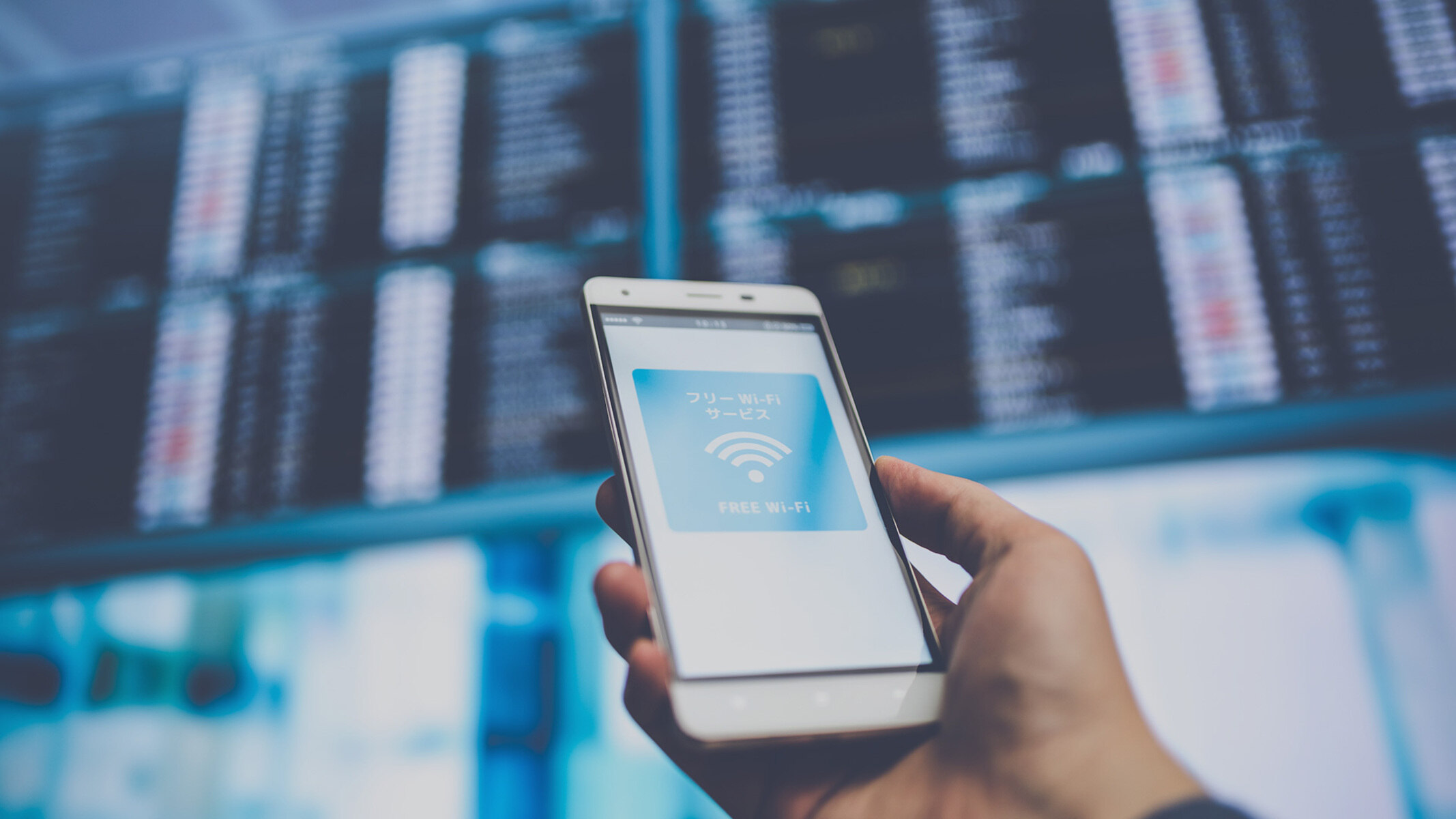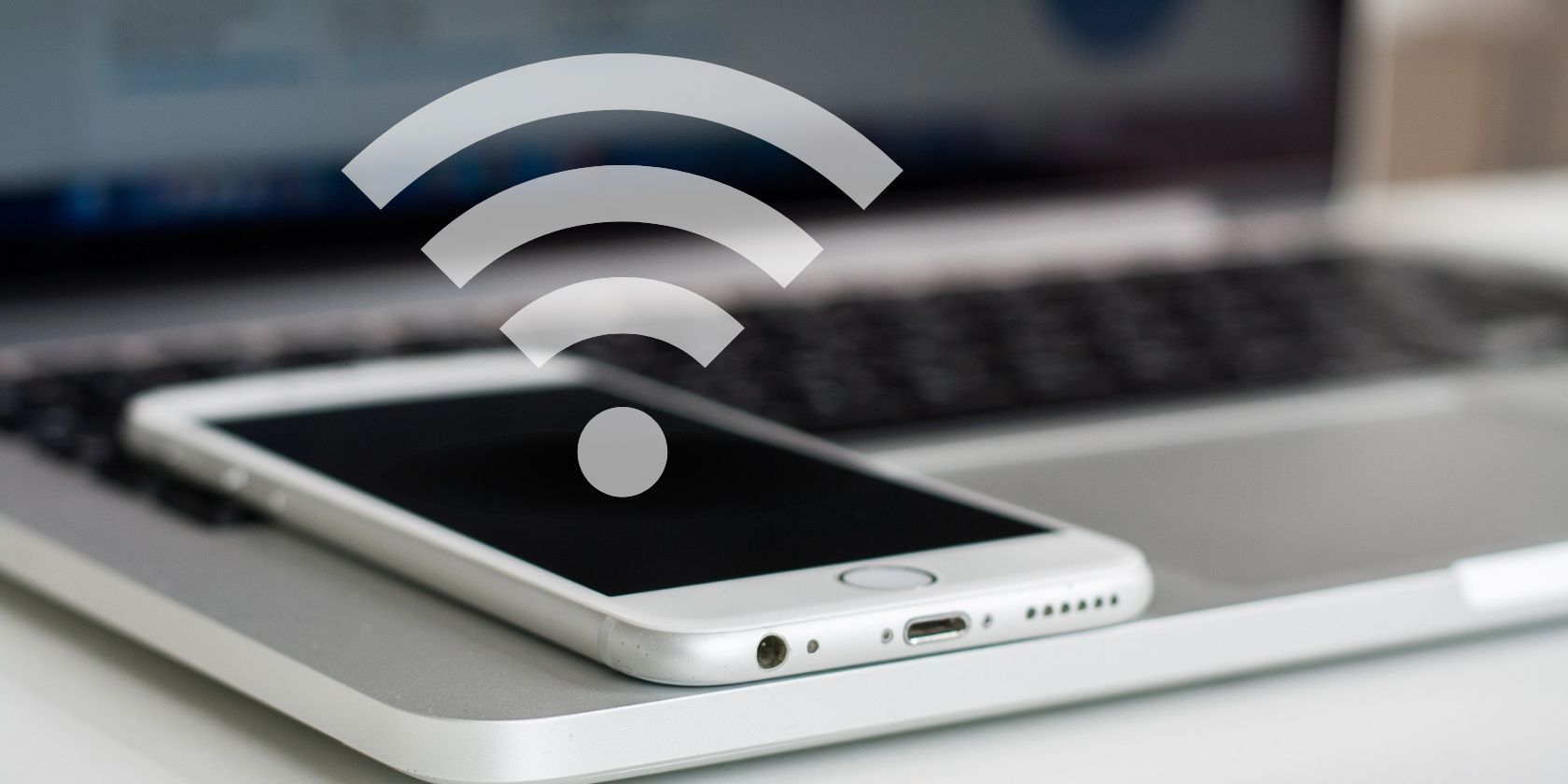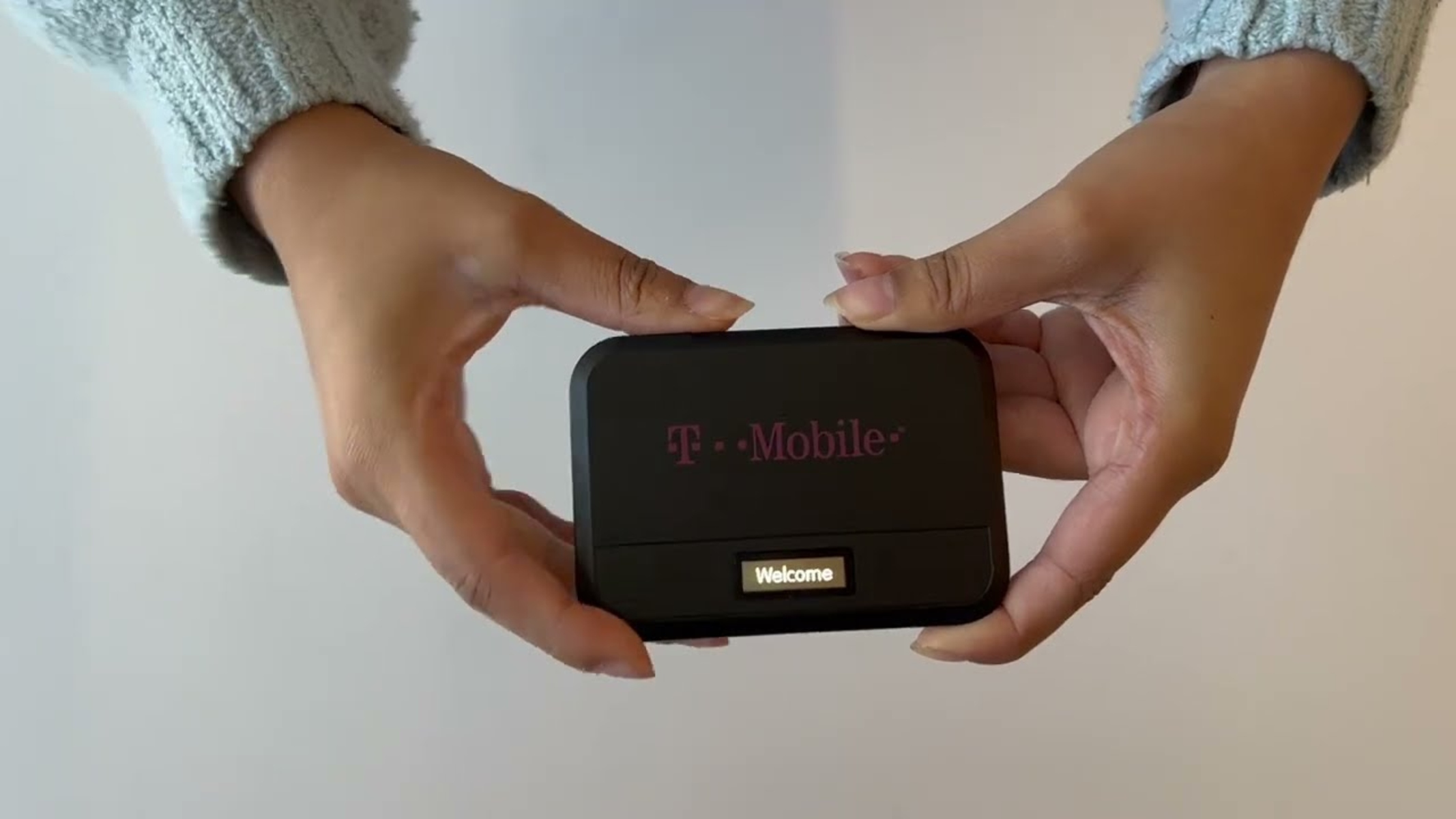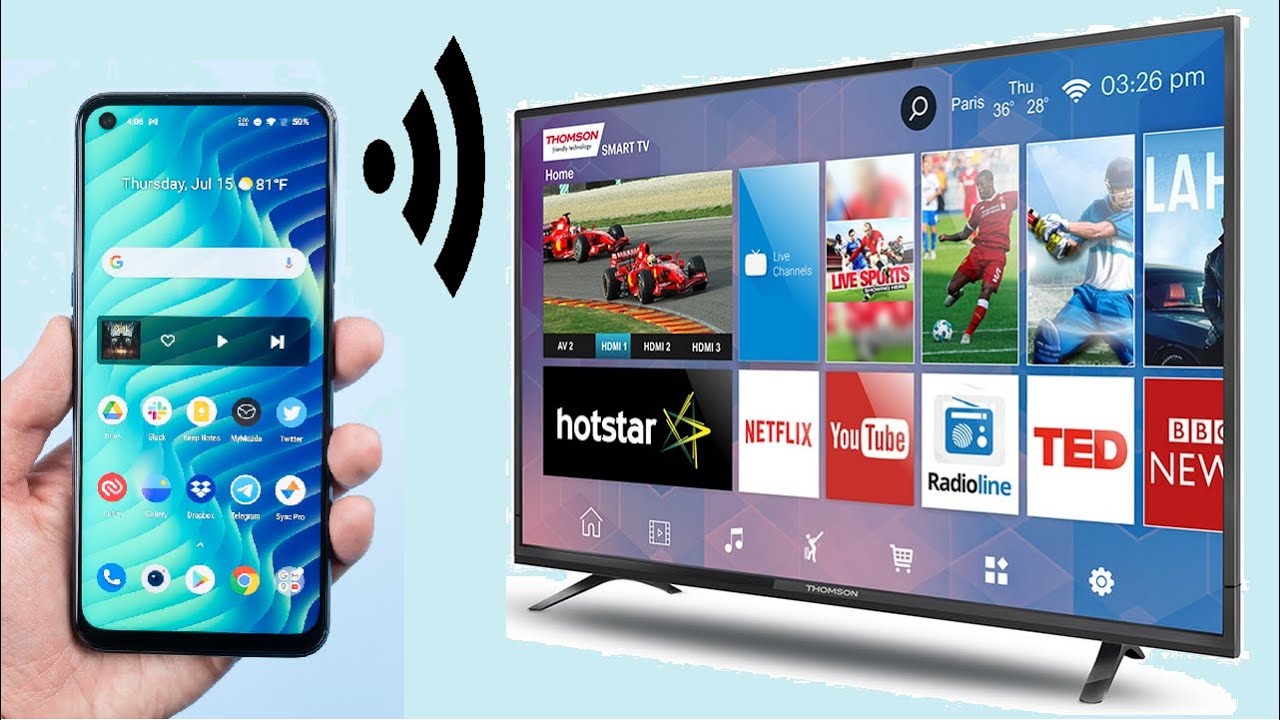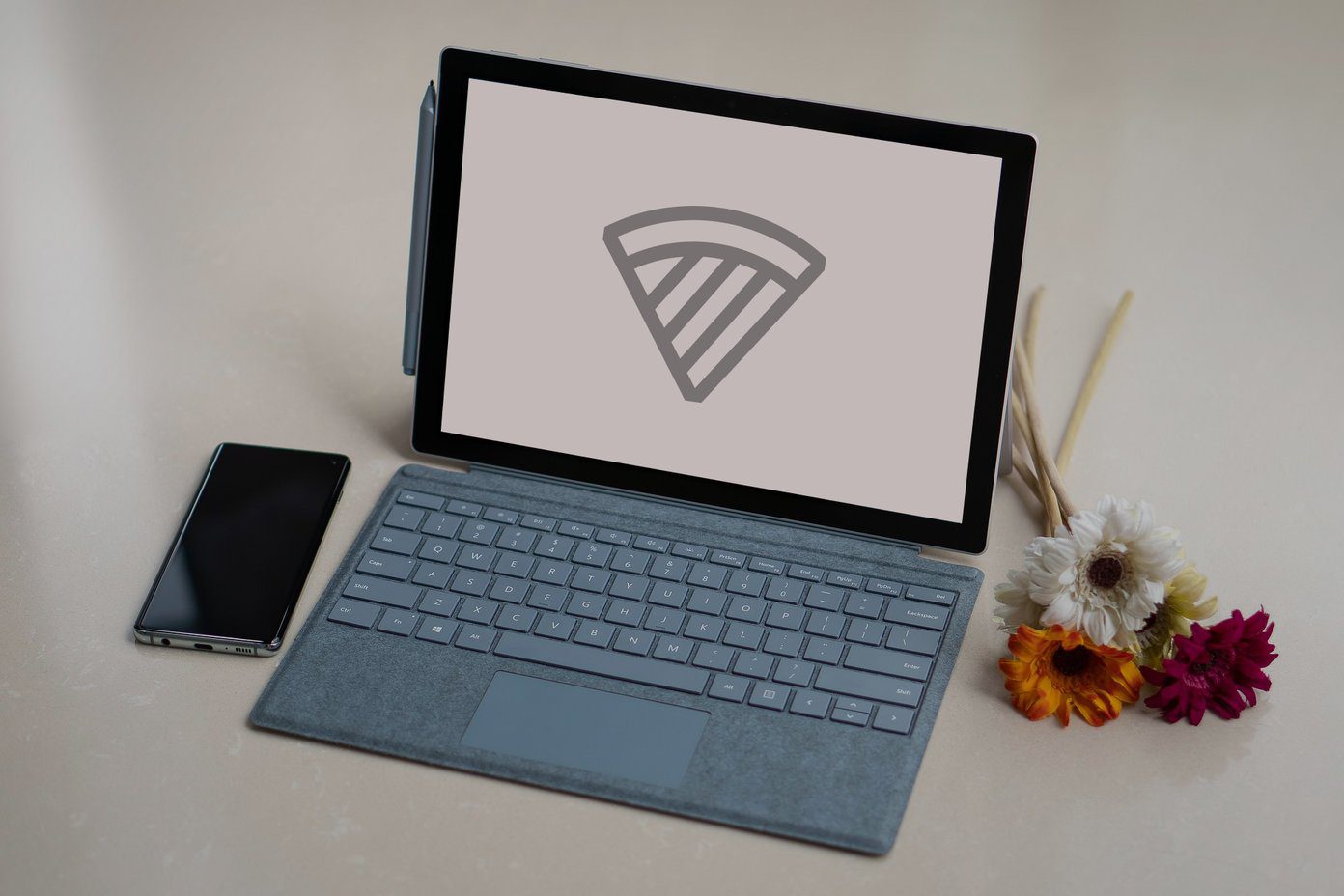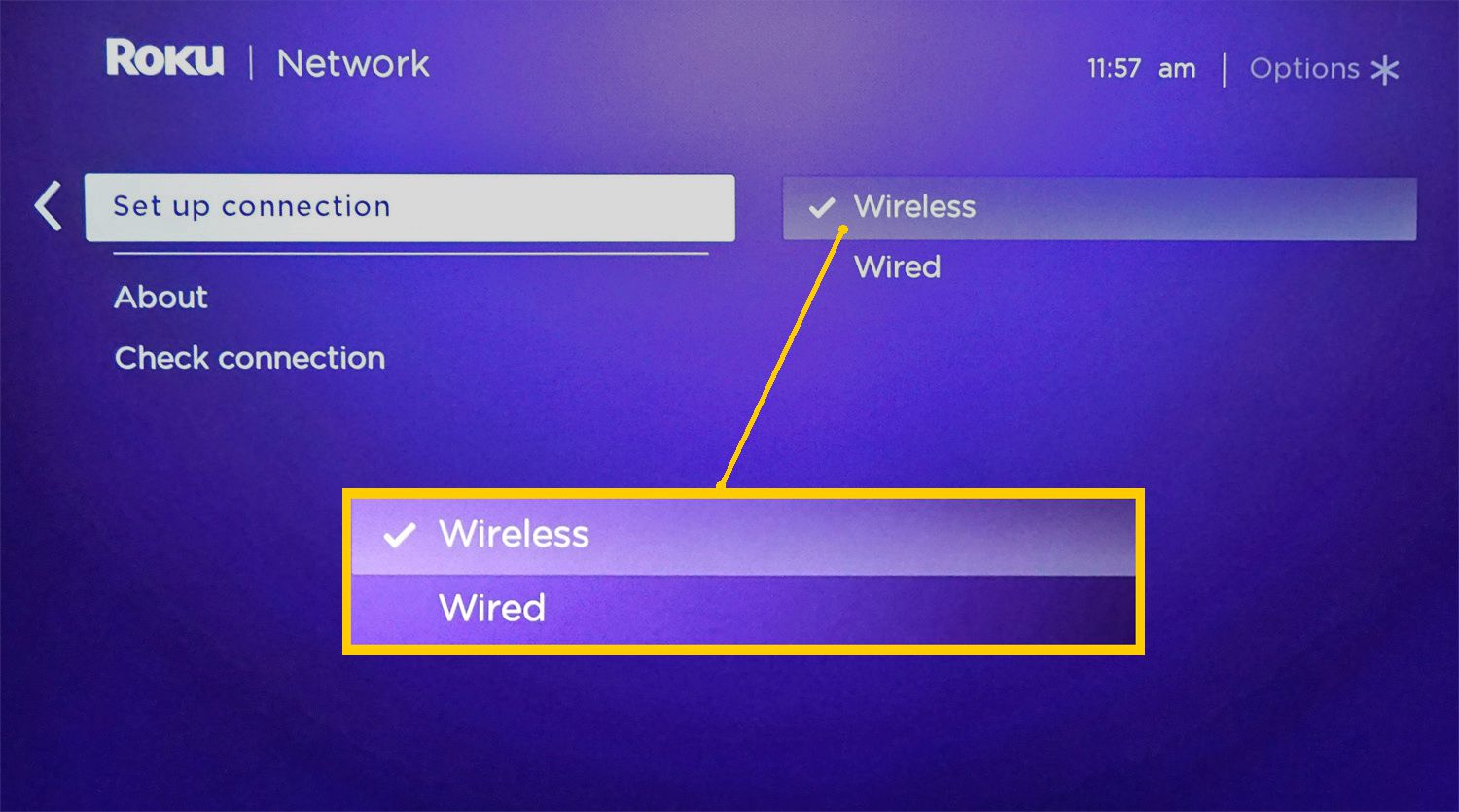What is a Mobile Hotspot?
A mobile hotspot is a portable device that allows you to create a wireless internet connection by using the cellular data network of your mobile carrier. It essentially functions as a Wi-Fi router, enabling multiple devices such as smartphones, laptops, and tablets to connect to the internet simultaneously.
Mobile hotspots come in various forms, including dedicated hotspot devices provided by mobile carriers, smartphones with hotspot capabilities, and portable Wi-Fi routers. These devices provide a convenient way to access the internet when traditional Wi-Fi networks are unavailable, making them especially useful for individuals on the go or in areas with limited connectivity.
The functionality of a mobile hotspot is similar to that of a home Wi-Fi network, but instead of relying on a fixed broadband connection, it utilizes mobile data to establish the internet connection. This flexibility allows users to stay connected while traveling, working remotely, or simply when they need a reliable internet connection outside of their home or office.
In addition to their portability, mobile hotspots offer the convenience of secure and private internet access. By creating a personal Wi-Fi network, users can safeguard their data and communications, reducing the risks associated with using public Wi-Fi networks in places such as cafes, airports, or hotels.
Overall, a mobile hotspot serves as a versatile tool for staying connected in various settings, offering a reliable internet connection that can be easily shared among multiple devices. Whether you're a digital nomad, a frequent traveler, or simply in need of a backup internet solution, a mobile hotspot provides the flexibility and convenience to keep you connected wherever you go.
Benefits of Using a Mobile Hotspot
-
Flexibility and Portability: One of the key advantages of using a mobile hotspot is the flexibility it offers. Whether you're working remotely, traveling, or simply moving between locations, a mobile hotspot allows you to maintain a reliable internet connection without being tied to a specific physical location. This level of portability is especially valuable for professionals who need to stay connected while on the move, enabling them to work from various settings such as coffee shops, co-working spaces, or even outdoor locations.
-
Convenient Internet Access: Mobile hotspots provide a convenient solution for accessing the internet in situations where traditional Wi-Fi networks may be unavailable or unreliable. This is particularly beneficial for individuals who frequently encounter limited connectivity, whether due to travel, remote work, or living in areas with sparse internet infrastructure. With a mobile hotspot, users can create their own Wi-Fi network, ensuring consistent access to online resources and communication tools.
-
Secure Connectivity: In today's digital landscape, security is a top priority when accessing the internet. Mobile hotspots offer a secure means of connecting to the web, reducing the risks associated with using public Wi-Fi networks in places such as airports, hotels, or public spaces. By creating a personal Wi-Fi hotspot, users can protect their data and communications, mitigating the potential threats posed by unsecured public networks.
-
Shared Connectivity: A mobile hotspot allows multiple devices to connect to the internet simultaneously, making it an ideal solution for group settings or collaborative work environments. Whether you're traveling with family or friends, conducting a team meeting on the go, or simply sharing internet access with colleagues, a mobile hotspot enables seamless connectivity for all connected devices.
-
Backup Internet Solution: In the event of an unexpected internet outage or disruption to your primary Wi-Fi connection, a mobile hotspot can serve as a reliable backup solution. This ensures that you can stay connected and continue your online activities, whether it's completing work tasks, attending virtual meetings, or accessing critical information during downtime.
-
Cost-Effective Connectivity: For individuals who require occasional or temporary internet access in specific locations, utilizing a mobile hotspot can be a cost-effective alternative to traditional fixed broadband services. Rather than investing in long-term contracts or installations, a mobile hotspot offers a flexible pay-as-you-go approach, allowing users to access internet services as needed without being tied to lengthy commitments.
Overall, the benefits of using a mobile hotspot encompass flexibility, convenience, security, and cost-effectiveness, making it a valuable tool for staying connected in diverse settings and scenarios. Whether for professional, personal, or recreational use, the versatility of a mobile hotspot provides a reliable and adaptable solution for accessing the internet on the go.
How to Set Up a Mobile Hotspot
Setting up a mobile hotspot is a straightforward process that allows you to create a wireless internet connection using your mobile device or a dedicated hotspot device. Whether you're using a smartphone, portable Wi-Fi router, or a standalone hotspot device provided by your mobile carrier, the steps for setting up a mobile hotspot are generally consistent across different devices. Here's a comprehensive guide on how to set up a mobile hotspot:
Step 1: Accessing Hotspot Settings
- For smartphone hotspots: Navigate to the settings menu on your smartphone and locate the "Hotspot" or "Tethering" option. This may vary based on your device's operating system (e.g., iOS, Android).
- For dedicated hotspot devices: Power on the device and access the settings interface using the provided controls or a web-based management portal.
Step 2: Configuring Hotspot Settings
- Set a custom network name (SSID) for your hotspot to identify it when searching for available Wi-Fi networks.
- Choose a strong and secure password to prevent unauthorized access to your hotspot. A combination of letters, numbers, and special characters is recommended for enhanced security.
Step 3: Enabling the Hotspot
- Toggle the hotspot feature to "On" or "Enable" to activate the wireless network. This action initiates the broadcasting of your hotspot's Wi-Fi signal, allowing other devices to connect.
Step 4: Connecting Devices
- On the device you wish to connect to the hotspot, access the Wi-Fi settings and locate the name of your hotspot network (SSID).
- Select the hotspot network and enter the password you configured in the previous step to establish a connection.
Step 5: Managing Hotspot Settings (Optional)
- Explore additional settings such as data usage controls, connected device management, and advanced security options, depending on the capabilities of your hotspot device or smartphone.
Step 6: Disabling the Hotspot
- When you no longer require the hotspot connection, remember to disable the hotspot feature to conserve battery life and prevent unauthorized access.
By following these steps, you can easily set up a mobile hotspot and enjoy the convenience of a portable internet connection. Whether you're working remotely, traveling, or simply need a backup internet solution, a mobile hotspot provides the flexibility to stay connected on the go.
Choosing the Right Mobile Hotspot Plan
Selecting the appropriate mobile hotspot plan is crucial for ensuring reliable and cost-effective connectivity. When evaluating available plans, consider the following factors to make an informed decision:
Coverage and Network Quality
Before choosing a mobile hotspot plan, assess the coverage and network quality provided by different carriers in your area. Check coverage maps and inquire about network reliability to determine which carrier offers the best service in your intended usage locations. Reliable coverage is essential, especially if you frequently travel or work in diverse geographic areas.
Data Allowance and Speed
Evaluate the data allowance and speed offered by each mobile hotspot plan. Consider your typical internet usage patterns and the number of devices that will connect to the hotspot. Plans with higher data allowances and faster speeds are beneficial for activities such as video streaming, file downloads, and online collaboration, ensuring a seamless and uninterrupted online experience.
Flexibility and Contract Terms
Examine the flexibility and contract terms associated with different mobile hotspot plans. Some plans may require long-term commitments, while others offer pay-as-you-go or month-to-month options. Assess your usage requirements and consider plans that align with your flexibility preferences, avoiding lengthy contracts if you anticipate varying connectivity needs.
Additional Features and Services
Explore the additional features and services included in mobile hotspot plans, such as international roaming, device compatibility, and customer support. Depending on your usage scenarios, these supplementary offerings can enhance the overall value of the plan, especially if you require internet access while traveling abroad or need comprehensive technical support.
Cost and Value
Compare the costs and overall value of different mobile hotspot plans, taking into account factors such as monthly fees, equipment charges, and any additional expenses. Look for plans that strike a balance between affordability and the features you require, ensuring that you receive a cost-effective solution tailored to your connectivity needs.
By carefully considering these factors, you can make an informed decision when choosing the right mobile hotspot plan. Whether you prioritize expansive coverage, high-speed data, flexible contract terms, or additional services, selecting a plan that aligns with your specific requirements will ensure that you have a reliable and efficient mobile hotspot solution tailored to your connectivity needs.
Tips for Maximizing Mobile Hotspot Efficiency
-
Optimize Device Placement: Position your mobile hotspot device or smartphone in a central location to ensure optimal signal distribution. Avoid physical obstructions and interference to enhance wireless coverage and connectivity for connected devices.
-
Monitor Data Usage: Keep track of your data consumption to avoid exceeding your plan's limits. Utilize built-in data monitoring tools or third-party apps to monitor usage and implement data-saving measures when necessary.
-
Update Firmware and Software: Regularly update the firmware of dedicated hotspot devices and ensure that smartphones or portable routers have the latest software updates installed. This helps improve performance, security, and compatibility with connected devices.
-
Use Wi-Fi Extenders: In scenarios where extended coverage is required, consider using Wi-Fi extenders or repeaters to amplify the hotspot signal, especially in larger spaces or areas with signal limitations.
-
Implement Security Measures: Protect your mobile hotspot with a strong password and enable encryption to prevent unauthorized access. Utilize WPA2 or WPA3 security protocols to safeguard your hotspot network and the data transmitted over it.
-
Limit Background Data Usage: Configure connected devices to minimize background data usage, automatic updates, and app synchronization to conserve data and optimize the efficiency of your mobile hotspot.
-
Explore Network Settings: Familiarize yourself with the network settings of your mobile hotspot device or smartphone, including options for prioritizing certain devices, adjusting signal strength, and managing connected devices for optimal performance.
-
Utilize External Antennas: If your hotspot device supports external antennas, consider using high-gain antennas to enhance signal reception and extend coverage, especially in areas with weak signal strength.
-
Opt for Off-Peak Usage: Schedule bandwidth-intensive activities during off-peak hours to take advantage of potentially faster speeds and reduced network congestion, optimizing the overall efficiency of your mobile hotspot.
-
Battery Management: If using a smartphone as a hotspot, implement power-saving measures to conserve battery life, such as adjusting screen brightness, enabling battery-saving modes, and carrying a portable charger for extended usage.
By implementing these tips, you can maximize the efficiency and performance of your mobile hotspot, ensuring a reliable and seamless internet connection for your connected devices, whether for work, leisure, or staying connected while on the move.







